| « Politicians Choosing Voters | Love Your Bike in the South Suburbs » |
Ward Politics Wed Apr 06 2011
Charts! The Geography of Ward Politics
There are a few assumption I make here and a few things to keep in mind. The first assumption is that voting precincts have some relationship to the community around them; in other words, they reflect pocket neighborhoods whose residents share some common issues and concerns. This obviously doesn't always hold. Another assumption is that the precincts, if perfectly registered and with full participation, would end up near even in numbers. Also not always the case. Something to keep in mind is that individual wards obviously are not like states in the electoral college, so winning precincts is meaningless except as a way to measure popularity/hatred by mini- or pocket neighborhood.
I was confused when I read Danny Solis' quote that he was "surprised" that his contest with Temoc Morfin was so close. After all, it was a run-off, he should have presumed that at least half the voters of his ward were willing to vote against him. Why was he surprised?
Perhaps he was surprised because he didn't expect to do so poorly outside of his base. He actually lost more precincts than he won. Solis' people were certainly reassuring him that his base would keep him far ahead of the upstart Morfin, so unless he completely collapsed elsewhere, victory was assured.
If you were given one word to describe the 25th Ward, you'd say "Pilsen," even though it includes Chinatown, the appalling "University Village" built on the bones of the Maxwell Street Market, Tri-Taylor/Little Italy (also integrated into the University of Illinois-Chicago complex) and remnants of the ABLA public housing area. Still, Pilsen makes up the geographic bulk of the ward. The 25th is also unique in that it has fewer precincts than most wards, probably because of its odd shape and vast tracts of industrial uses.
Solis' victory relied almost completely on two precincts, particularly the one in Chinatown, the other being the ABLA area. These two provided about 580 of his 595 vote plurality. If those wards had broken more or less evenly, Solis would have won by only 13 votes. Throw in the University Village precinct (which had paltry turnout), and an even split there would have cost him the seat.
Again, since ultimately it's all about who gets the most votes, this would be trivial, but for the fact that the two neighborhoods that pushed him to victory are fairly unique from the rest of his ward economically, ethnically, and geographically--both are somewhat isolated by rail and industrial districts and busy with restricted-access housing. Solis needs to look closely at why Pilsen, which forms the heart of the ward, was so divided over him, and what that means for how he's going to represent the ward in the future.
Check out Solis' distribution of pluralities in each precinct; note how important the outliers are (for reference, here is the precinct map):
This isn't to pick on Solis or anything--a win is a win. How he won however should inform how he approaches his constituents over the next few years. In other words, if he's only reading the bottom line of the vote totals, he's missing an important message.
Alderman-Elect James Cappleman's got a more encouraging message last night. Cappleman ran against Helen Shiller in 2007, and took some lumps, many less than fair, in that fight. The soft-spoken but undeniably tough Cappleman faced a spirited opponent in Molly Phelan this time around. Phelan had backing from Finance Chairman Ed Burke and Loop alderman Brendan Reilly and without an unpopular incumbent tried to draw a distinction between herself and Capy by keeping an aggressive posture.
Nevertheless, Cappleman won, though not in anything resembling a landslide. Yet if you look at his distribution as against Solis, his support was evenly distributed across the ward--the precinct he was trounced in is home to Jesus People USA's housing* (precinct map):
Election-wise, this means that Cappleman didn't really find a "base" neighborhood as heavy as Solis; representation-wise, it means he has some peace of mind that the community as a whole supported him.
In the 43rd Ward (Lincoln Park), committeewoman Michele Smith beat Tim Egan in a squeaker. Looking at the precinct map, it looks like Old Town and Oz Park provided Smith with something resembling a base--both in the bottom half of the ward. Close to even splits in those pocket neighborhoods would have cost her the election:
What's that you say? More charts? Why sure!
In the 6th Ward (Chatham), Freddy Lyle lost to Roderick Sawyer, son of former Mayor Eugene Sawyer. There, the distribution across neighborhoods is almost impossibly even, in part because it has more precincts and thus fewer votes per precinct. Still, all but seven precincts were within forty votes, the majority of those within twenty. And looking at the precinct map, no clusters of precincts show an area where Sawyer was particularly strong, with a possible exception of the Tuley Park area:
Breathing the easiest should be Debra Silverstein, who routed zillion-year 50th Ward incumbent Berny Stone. Silverstein won big, but more importantly, she did so with no black holes in her support. Whatever base Stone may have once had in the area, it did not appear whatsoever on election day, which should be a source of relief for the Alderman-Elect:
Based on these results, there don't appear to be any remnants of a Stone coalition, freeing Silverstein to build a political organization more or less unfettered.
An interesting case is the 45th Ward (Jefferson Park) which is polarized; the distribution doesn't huddle around the x-axis as neatly, despite the fact that John Arena won by less than 30 votes. Interestingly (and importantly for Arena), the precinct map shows some geographical unity behind each candidate--the northwest half for Republican John Garrido, southeast half for winner John Arena:
Aldermanic elections rely on shoe leather, on the candidate and her volunteers getting out and knocking on as many doors as is physically possible. When designing field and messaging plans, however, campaign managers lean heavily on neighborhood leadership--block clubs, business coalitions, homeowners' and condo associations, and community-identity groups ("Concerned Edgewater Residents" or what have you)--to identify issues and move the candidate's message for them. Without access to and support from these kinds of networks, the task of persuading enough voters and then turning them out becomes prohibitively labor intensive and, therefore, expensive. It can be done, of course, particularly where there are sufficiently unpopular incumbents (Cf., Ameya Pawar; Scott Waguespack), but the more of these organic networks woven into a campaign's strategy, the more the campaign can focus its resources on the general undecided voters and growing out from an existing base, if the candidate has one.
So, was there some theme or "message" yesterday from the voters? Sure doesn't look like it. But yesterday's winners--and their potential future challengers--would do well to look over these numbers and pinpoint their areas of weakness and strength, and try to get at their causes. Democracy does happen in those spaces, happily, which may be why the increasingly cynical--like me--so enjoy dwelling on them.
Update, 4/7: Story originally referred to the 22nd Precinct as Phelan's home precinct. Pure map mis-reading on my part, as Phelan lives about seven blocks south. Thanks to Irish Pirate for the correction.






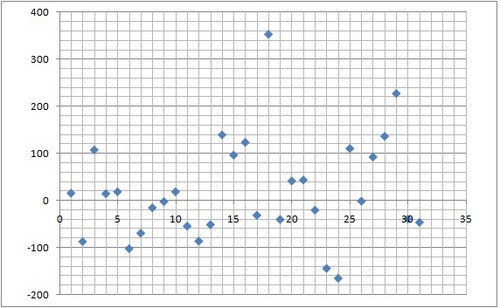
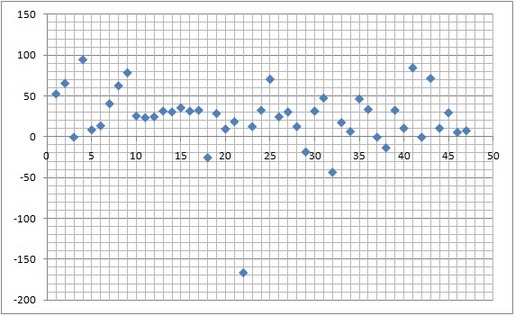
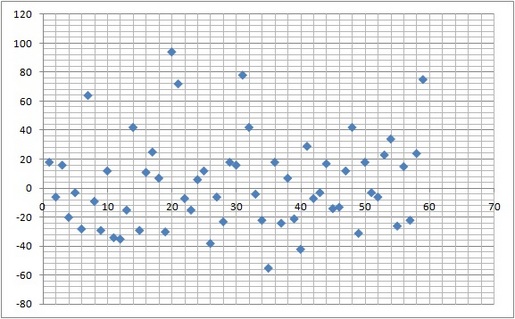

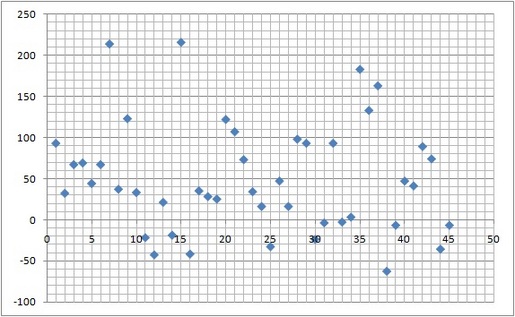
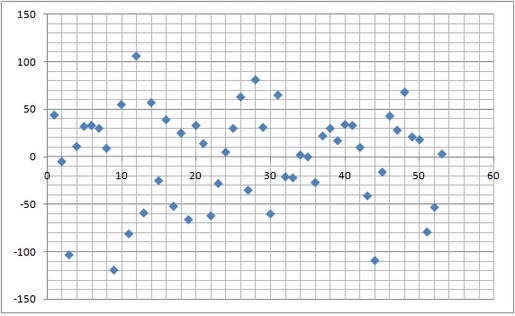






Gary Lucido / April 7, 2011 7:21 AM
And why exactly is University Village appalling?